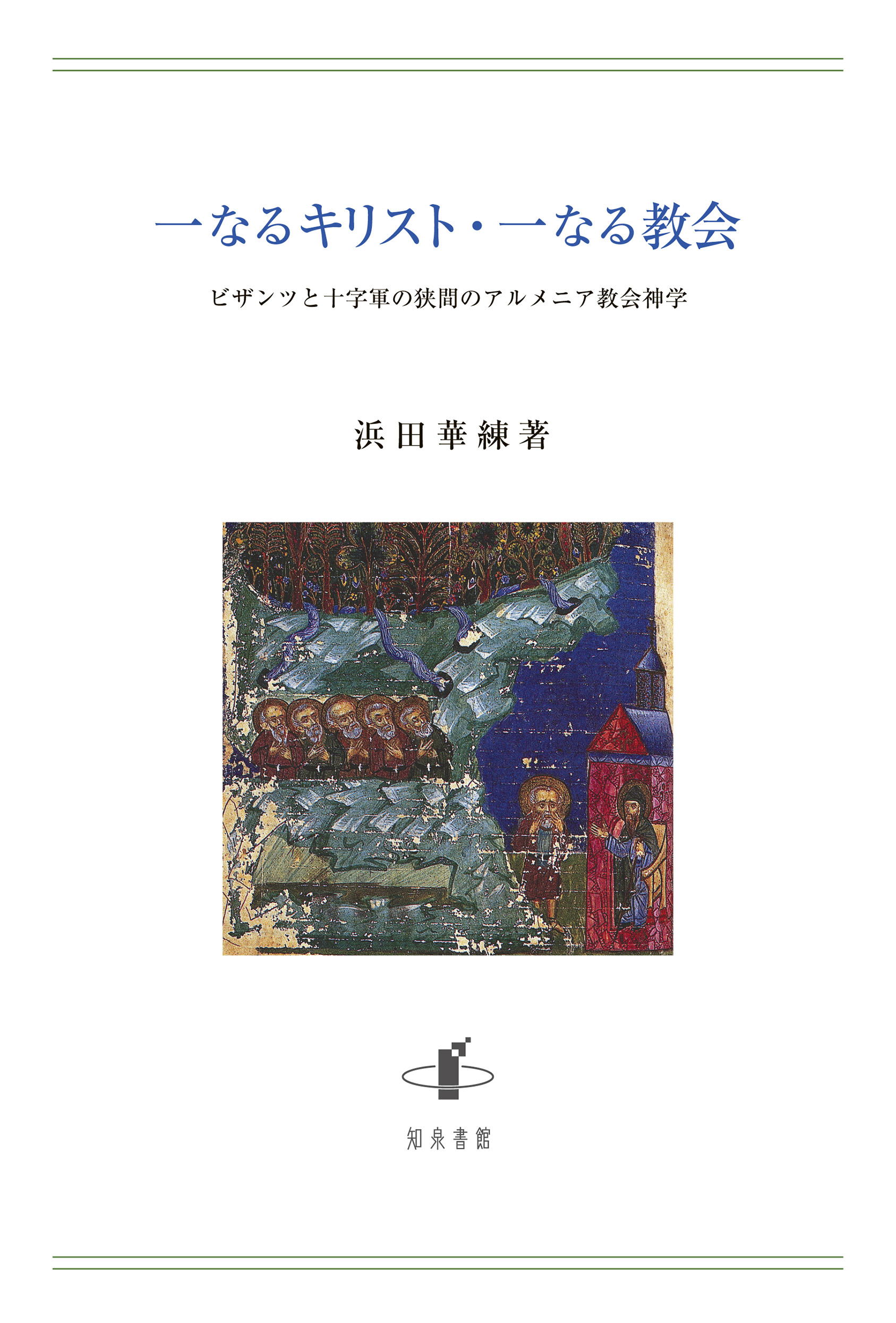
Title
Itsunaru Kiristo, Itsunaru Kyokai (One Christ, One Church - Armenian Church Theology between Byzantium and the Crusades)
Size
292 pages, 150x220mm
Language
Japanese
Released
March 23, 2022
ISBN
9784862853615
Published by
Chisen Shokan
Book Info
See Book Availability at Library
Japanese Page
The title of this book, One Christ, One Church, might be misleading, as it is dedicated to a person who pursued the “One” and never reached it—at least in his own lifetime.
Before describing the main character of this book, we need some basic knowledge (but not as well known as one might expect) of the history of Christianity. Seeing the subtitle of the book, some may wonder why the Armenian Church is in “between”? It is well known that Byzantium, being Greek Orthodox, and the Crusader states, being Latin Catholic, belonged to different branches of Christianity. However, the Armenian Church is categorized as non-Chalcedonian (Miaphysite), having separated from the imperial church after the Fourth Ecumenical Council of Chalcedon in 451. The Armenian Church survived and retained its own faith between the Byzantine Empire, the major Chalcedonian Christian state, and its enemies (the Sassanid Empire until the middle of the seventh century, then various Muslim states). In the last half of the eleventh century, the Crusaders became a third force in the Eastern Mediterranean region. Armenians and Syrians, as non-Chalcedonian Christians, religiously belonged to none of these, but that meant that they could ally with any of them as they saw fit. Some Armenian noble families availed themselves of the complicated power balance to expand their territory, but this caused internal conflicts inside the Armenian people and church.
Nersēs Šnorhali (c. 1100–1173), the main character of this book, had to oversee the Armenian church and people in such a difficult situation. Not only as an ecclesiastical leader and a theologian but also as a talented man of letters, he demonstrated the “oneness” of the church and people in his literary works. At the same time, he faced pressures from other Christian traditions—both Greek Orthodox and Latin Catholic. In particular, the Byzantines were keen on integrating the Christians under their rule into their own “orthodoxy.” Nersēs, neither compromising nor opposing this, tried to find another way of survival. In this process of negotiation, he dedicated himself to solving the problem of the “oneness” of Christ, which had been the basic matter of controversy between the Chalcedonians and non-Chalcedonians for centuries. Christ is One, because He is the Logos Incarnate, in whom the divine and human natures become one. The Church of Christ is One, because it is the body of Christ.
However, Nersēs Šnorhali knew well from his own experience how difficult it is to achieve the “One” in the real world. Moreover, he was the leader of a minority group who had always been at the risk of being absorbed into “one” by the authority or military power of the majority. Nevertheless, he continued to pursue the “One”—the oneness of the Armenian Church, of the whole Christian world, and of Christ.
Now we are witnessing a violent integration by a major state into “one” through military power. It is time to pay attention to the words of one who had no power but his own words and always sought to reach the “one” through dialogue.
(Written by: HAMADA Karen / August 05, 2022)
Related Info
The 2nd UTokyo Jiritsu Award for Early Career Academics (The University of Tokyo 2021)
https://www.u-tokyo.ac.jp/ja/research/systems-data/n03_kankojosei.html



